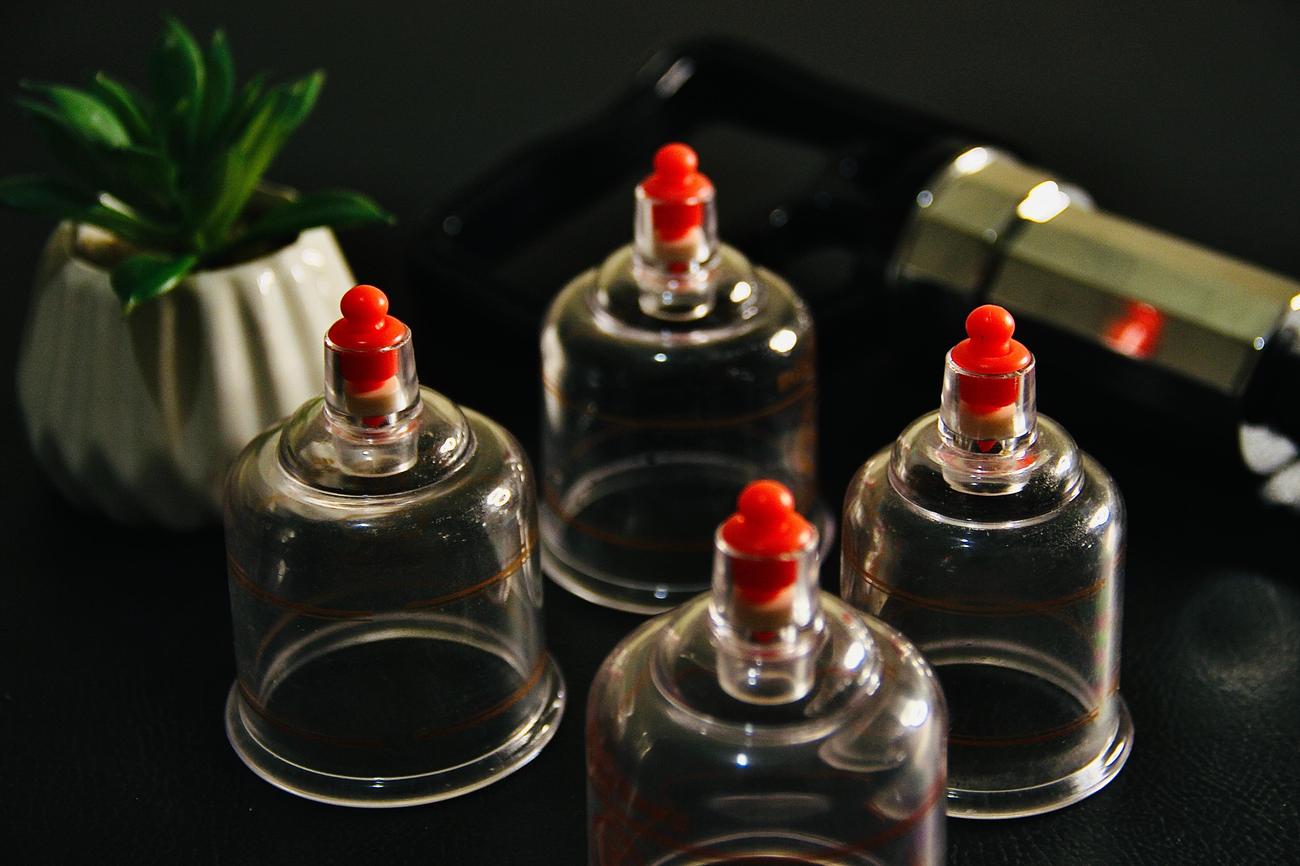Discover a Surprising Swedish Massage Fun Fact in 50 Characters! If you’re seeking a fascinating tidbit about Swedish massage that will leave you feeling both educated and entertained, look no further. Swedish massage, with its roots tracing back to ancient Europe, has a hidden gem of a fun fact that often gets overlooked. Prepare to be astounded as we delve into the world of Swedish massage and unravel this intriguing nugget of information that is sure to surprise even the most seasoned massage enthusiasts.

What is a Fun Fact about Swedish Massage?
When it comes to Swedish massage, there’s a particular fun fact that might surprise you. Did you know that this popular massage technique was actually developed by a Swedish physiologist named Per Henrik Ling? Yes, that’s right – Swedish massage owes its origin to the brilliant mind of Ling, who lived in the 18th century.
Ling is credited with creating the foundational techniques and principles that form the basis of Swedish massage. His extensive knowledge of anatomy and physiology led him to develop a system of movements and strokes aimed at promoting relaxation and restoring balance in the body.
“Discover a surprising Swedish massage fun fact: It was invented by Per Henrik Ling, a Swedish physiologist from the 18th century!”
Let’s delve deeper into this fascinating fact and explore why Ling’s contribution to the world of massage therapy is so significant.
The techniques used in Swedish massage, including kneading, long strokes, circular movements, and tapotement, were all devised by Ling himself. He believed that by combining these specific movements with the manipulation of soft tissues, he could enhance the body’s natural healing abilities and improve overall health.
By focusing on various areas of the body, such as the back, shoulders, neck, arms, legs, feet, and head, Swedish massage provides a comprehensive and rejuvenating experience. It aims to release tension, reduce stress, and promote relaxation throughout the body.
Ling’s innovative approach to massage therapy revolutionized the field and laid the groundwork for the modern understanding and practice of Swedish massage. His techniques have been refined and expanded upon over time, but the essence of his original work remains the same.
“Did you know that Swedish massage was developed by Per Henrik Ling, a Swedish physiologist, who created the techniques and principles that continue to be used today?”
Swedish massage is not just about relaxation; it also offers a range of health benefits. Research has shown that it can help reduce anxiety, improve sleep quality, increase blood flow, and aid in lymph drainage. Moreover, Swedish massage has been found to be effective in alleviating symptoms of various conditions, such as arthritis, carpal tunnel syndrome, chronic pain, headaches, and even asthma.
The wide-ranging benefits and scientific evidence supporting Swedish massage have made it one of the most popular and widely-used massage types in the world. Its holistic approach, combining physical manipulation with mental and emotional relaxation, has captured the hearts of countless individuals seeking relief and rejuvenation.
“Swedish massage not only promotes relaxation but also offers numerous health benefits, making it a widely sought-after massage technique worldwide.”
It’s important to note that Swedish massage is often confused with deep tissue massage. While they are similar in some ways, they differ in terms of the pressure applied and intended use. Deep tissue massage targets deeper layers of muscle and connective tissues, aiming to address chronic tension and knots. On the other hand, Swedish massage focuses on promoting relaxation and overall well-being.
“Although similar to deep tissue massage, Swedish massage differs in its focus on relaxation and overall well-being, rather than deep tissue manipulation.”
Lastly, it’s worth mentioning that Swedish massage is just one of many types of massage available. There are various other modalities that cater to specific needs and preferences. From hot stone massage to aromatherapy massage and Thai massage, the world of bodywork is incredibly diverse and offers countless options for individuals seeking personalized therapeutic experiences.
“Swedish massage is just one of many massage modalities available, each offering unique techniques and benefits to cater to individual preferences.”
In conclusion, Swedish massage, with its fascinating origins and transformative effects on mind, body, and spirit, continues to be a beloved practice. Its rich history, coupled with Ling’s innovative techniques, has shaped the massage therapy industry and made Swedish massage a go-to choice for relaxation and well-being.
So, are you ready to experience the wonders of Swedish massage for yourself? Book a session with a certified massage therapist or visit a reputable spa to embark on a journey of blissful relaxation and rejuvenation.
“Discover the wonders of Swedish massage – book a session today and experience the transformative effects for yourself!”
Looking for some interesting information about massage? Discover a collection of fun facts about massage on our website! From the history of massage to its various benefits, we’ve got all the fascinating details you need to know. Click here to explore fun facts about massage and expand your knowledge on this rejuvenating practice!
A Comprehensive Guide to Swedish Massage
[youtube v=”bEVUcQzohhE”]
What Is Swedish Massage?
Swedish massage, developed by Per Henrik Ling, a Swedish physiologist in the 18th century, is a form of relaxation massage that aims to promote overall relaxation and release superficial muscle tension. It is one of the most popular and widely-used massage types in the world.
The Techniques of Swedish Massage
The techniques used in Swedish massage were all devised by Ling and form the basis of this therapeutic practice. These techniques include:
Effleurage: This technique involves long, gliding strokes that are slow and relaxing. Effleurage helps to relax the superficial muscles and increase relaxation.
Petrissage: Also known as kneading, petrissage involves the lifting up and squeezing of the muscle tissue. This technique aims to release muscle tension and promote relaxation.
Friction: Friction is a circular compression technique where the muscle is pressed down in a circular motion. It helps to break up muscle adhesions and increase circulation.
Vibration: Vibration techniques involve the use of hands to vibrate the muscle tissue. It helps to wake up the muscles and spread the muscle tissues apart.
Tapotement: Tapotement is the most invigorating and intense technique used in Swedish massage. It involves alternate hand movements, creating a tapping or pounding effect on the muscles. Tapotement provides deep muscle stimulation and helps increase circulation.
The Benefits of Swedish Massage
Swedish massage offers a comprehensive and rejuvenating experience by targeting various areas of the body. It has a range of health benefits, including:
- Reducing anxiety and stress levels.
- Improving sleep quality and helping with insomnia.
- Increasing blood flow and promoting the removal of toxins from the body.
- Aiding in lymph drainage and reducing swelling.
- Alleviating symptoms of conditions such as arthritis, carpal tunnel syndrome, chronic pain, headaches, and asthma.
Swedish Massage vs. Deep Tissue Massage
Swedish massage is often confused with deep tissue massage, but they differ in terms of pressure and intended use. While Swedish massage focuses on relaxation and superficial muscle tension, deep tissue massage targets deeper layers of muscle and connective tissue to address chronic pain and muscle tightness.
Exploring Other Massage Types
While Swedish massage is highly popular, there are many other types of massage available, each catering to specific needs and preferences. Some examples include:
| Massage Type | Key Features |
| —————— | ————————————————————- |
| Hot Stone Massage | Uses smooth, heated stones to apply gentle pressure and heat |
| Thai Massage | Combines yoga-like stretching with pressure techniques |
| Sports Massage | Targets athletes to enhance performance and prevent injuries |
| Shiatsu Massage | Applies pressure to specific points along the body’s energy pathways |
| Aromatherapy Massage | Utilizes essential oils for relaxation and holistic healing |
The Timeless Practice of Swedish Massage
Swedish massage has a rich history and continues to be a beloved practice in the field of massage therapy. To experience its numerous benefits, it is recommended to book a session with a certified massage therapist or visit a reputable spa.
In the words of Natural Sunday, “Swedish massage is a relaxation massage aiming to relax superficial muscles and increase circulation.” Remember, it’s not just a massage; it’s a path to rejuvenation and improved well-being.

FAQ
Q: What is the history of Swedish massage?
A: Swedish massage originated in the early 19th century in Sweden. It was developed by a Swedish fencing master named Pehr Henrik Ling and later modified by Johann Georg Mezger.
Q: How does Swedish massage differ from deep tissue massage?
A: While both Swedish massage and deep tissue massage involve the use of hands and fingers to manipulate the body, they differ in the amount of pressure applied. Swedish massage uses lighter pressure, focusing on relaxation and improving circulation, while deep tissue massage applies more intense pressure to target deeper layers of muscle and connective tissue.
Q: Are there any unique techniques used in Swedish massage?
A: Yes, Swedish massage incorporates several unique techniques such as kneading, long strokes, circular movements, and tapotement. These techniques help to relax muscles, release tension, and improve overall well-being.
Q: Can Swedish massage help with specific health conditions?
A: Yes, Swedish massage has been found to be effective in relieving symptoms of various conditions such as arthritis, carpal tunnel syndrome, chronic pain, headaches, and asthma. It promotes relaxation, reduces anxiety, improves sleep, increases blood flow, and assists in lymph drainage.
Q: How much does a Swedish massage session cost and how can I book one?
A: The cost and booking process for Swedish massage can vary depending on the specific massage therapist or spa. It is best to contact your local massage establishments to inquire about their prices and availability.












